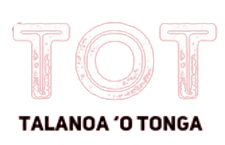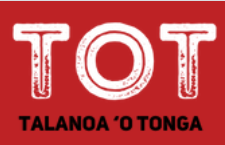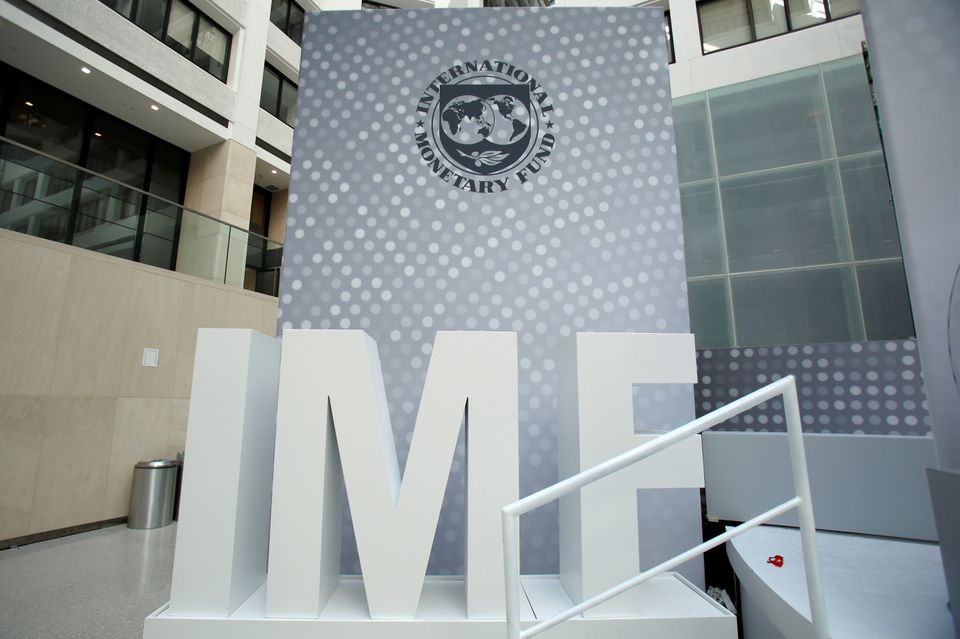A new IMF-backed tool will strengthen Tonga’s ability to forecast economic shocks and guide better policy decisions.
The International Monetary Fund (IMF) has unveiled a tailored macroeconomic model to help Tonga manage its economic vulnerabilities more effectively.
Published this month, the working paper “A Quarterly Projection Model for Tonga” was developed by IMF economists Sam Ouliaris, Celine Rochon, and Daniel Taumoepeau. It introduces a forecasting tool designed specifically for Tonga’s small, open economy, which is highly exposed to global shocks and natural disasters.
The National Reserve Bank of Tonga (NRBT) will use the model to improve coordination between ministries, assess economic risks, and prepare targeted responses to future crises.
“Tonga’s model captures our unique monetary challenges, such as limited influence of interest rates and strong reliance on exchange rate policies,” said co-author Taumoepeau.
Simulations in the paper reveal significant risks from bank failures, natural disasters, and global downturns. One scenario shows a domestic bank collapse could cut real GDP by 1.25% over two years.
Prior to the model’s development, Tonga relied on disconnected forecasts from different government bodies, limiting policy coherence.
The model gives the NRBT a tool to provide a clearer picture of Tonga’s financial resilience moving forward.




